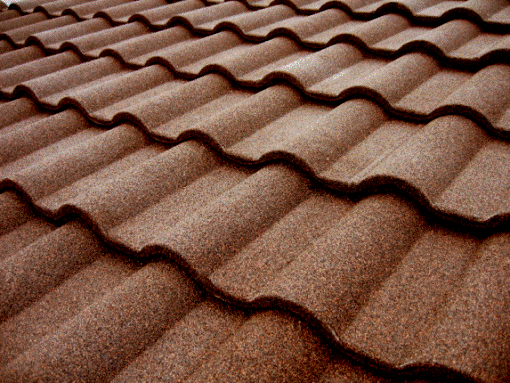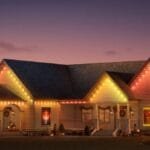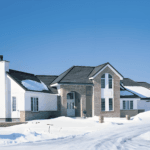Roman roof tiles, known for their distinctive curvature and classic appearance, have been used for centuries in architectural designs around the world. These tiles are not only aesthetically pleasing but also offer practical benefits such as durability and weather resistance. However, their unique design makes them particularly suitable for specific types of buildings. In this article, we’ll explore the kinds of structures where Roman roof tiles are most effectively utilized, helping you determine if they are the right choice for your project.
1. Mediterranean and Spanish-Style Homes
- Traditional Aesthetic: Roman roof tiles are a perfect match for Mediterranean and Spanish-style homes. These architectural styles, which emphasize earthy tones, stucco walls, and arches, complement the curved design of Roman tiles. The tiles’ terracotta colors blend seamlessly with the warm, rustic look typical of these homes.
- Regional Popularity: In regions with a strong Mediterranean or Spanish influence, Roman roof tiles are often the go-to choice due to their historical and cultural significance.
2. Villas and Luxury Residences
- Elegant Appeal: For luxury residences, such as villas and high-end homes, Roman roof tiles add a touch of elegance and sophistication. The tiles’ smooth curves and refined appearance elevate the overall aesthetic, making them ideal for upscale properties that aim to impress.
- Durability and Longevity: Roman tiles are made from durable materials like clay or concrete, offering long-lasting protection. This durability is particularly valuable for luxury homes where the quality of materials is a key consideration.
3. Heritage and Historical Buildings
- Architectural Authenticity: Roman roof tiles are often used in the restoration of heritage and historical buildings. Their design is reminiscent of ancient Roman architecture, making them an authentic choice for structures that aim to preserve historical integrity.
- Cultural Preservation: Using Roman tiles in such projects not only maintains the building’s original character but also contributes to cultural preservation, respecting the architectural traditions of past eras.
4. Churches and Religious Buildings
- Classic Design: The classic and timeless design of Roman roof tiles makes them suitable for churches and other religious buildings. The tiles’ ability to create a peaceful and reverent atmosphere aligns well with the architectural needs of sacred spaces.
- Weather Resistance: Religious buildings often have expansive roofs that require materials capable of withstanding various weather conditions. Roman tiles provide excellent weather resistance, ensuring the building’s longevity and reducing maintenance costs.
5. Resorts and Hospitality Buildings
- Creating a Relaxing Atmosphere: Roman roof tiles are commonly used in resorts, hotels, and other hospitality buildings, particularly those aiming to create a relaxing and luxurious environment. The tiles’ Mediterranean look is often associated with leisure and relaxation, making them a popular choice for vacation properties.
- Versatility in Design: These tiles can be used in a variety of roof styles, including gabled, hipped, and pavilion roofs, offering flexibility in design for different types of hospitality buildings.
6. Coastal Properties
- Salt and Wind Resistance: Coastal properties, including beach houses and seaside resorts, require roofing materials that can withstand harsh marine conditions. Roman roof tiles, especially those made from high-quality clay or concrete, offer excellent resistance to salt, wind, and moisture, making them an ideal choice for coastal areas.
- Enhancing Coastal Aesthetics: The warm, earthy tones of Roman tiles complement the natural beauty of coastal landscapes, enhancing the overall aesthetic appeal of these properties.
Conclusion
Roman roof tiles are a versatile roofing option suitable for a variety of building types, from Mediterranean-style homes and luxury villas to historical buildings and coastal properties. Their timeless design, combined with durability and weather resistance, makes them an excellent choice for projects that require both aesthetic appeal and practical performance.
Whether you’re constructing a new home, renovating a historic building, or designing a luxury resort, Roman roof tiles can provide the perfect blend of tradition and elegance. When considering the best roofing material for your project, keep in mind the unique benefits that Roman roof tiles offer, and how they can contribute to the overall success and longevity of your building.




